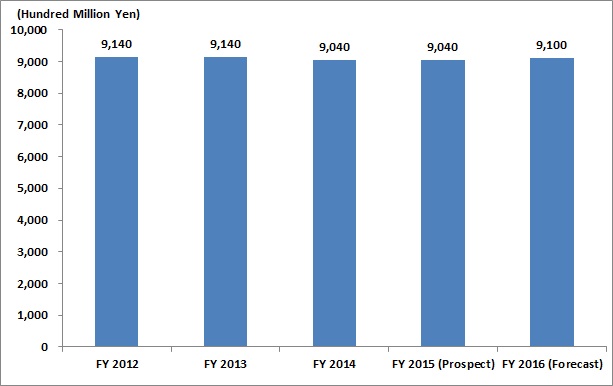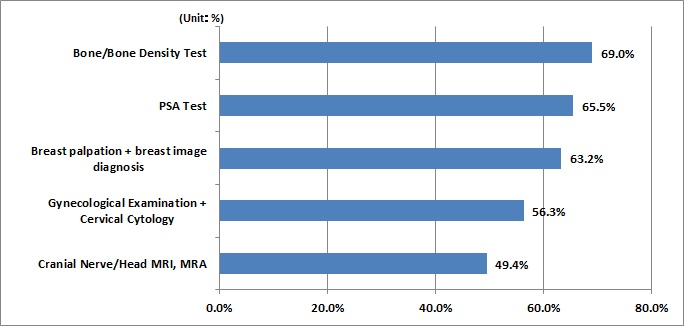General Medical Examination Market in Japan: Key Research Findings 2016
Research Outline
- Research period: December 2015 to February 2016
- Research Target: Medical examination centers, Hospitals and clinics that conduct general medical examinations
- Research methodologies: Face-to-face interviews by the specialized researchers, questionnaire, surveys via telephone/e-mail, and literature research
<What is the General Medical Examination Market?>
The general medical examination market in this research indicates periodic medical examination that local governments, companies, and organizations provide to the residents, employees, and organization members, respectively, based on Industrial Safety and Health Law, and those medical checkup established by the Maternal and Child Health Law/ School Health Law, legal medical examinations including specific medical checkup provided to public medical insurance insurers aged 40 to 74, and optional thorough medical examinations.
Summary of Research Findings
- Despite Increasing Number of Medical Examinees, General Medical Examination Market Likely to Level Off, Due to Staggering Unit Price of Medical Examination
The domestic general medical examination market in FY2015 is expected to attain 904.0 billion yen. In spite of rising tendency of the medical examination rate of specific medical checkup, the market of legal medical examinations is likely to stay the same level as the previous year or to increase slightly at best, because of declining birthrates. The domestic general medical examination market as a whole in FY2016 is likely to attain 910.0 billion yen, 100.7 % of the size of the previous year, the tendency to keep the same level expected to continue.
- Attempt to Differentiate with Other Facilities by Responding to Examinee Needs to Prepare Diverse Options
According to the questionnaire conducted to the facilities that carry out general medical examinations including medical examination centers, hospitals, and clinics, the most common optional examinations, other than the standard ones, were bone/bone density test, conducted at 60 facilities (69.0%) out of 87, followed by prostate-specific antigen (PSA) test, performed at 57 facilities (65.5%), then comes breast palpation + breast image diagnosis carried out at 55 facilities (63.2%). Such medical examination-conducting facilities seem to be trying to differentiate by being able to provide various optional tests as the examinees wish.
- Figure 1: Transition of General Medical Examination Market Size

- Figure 2: Optional Examination Items Conducted at Facilities Carrying Out General Medical Examinations
